Blastula and gastrula represent the important stages of the embryonic development in animals. Blastula, in particular, occurs prematurely in embryonic development whereas gastrula happens later after the formation of blastula. There are observed differences between these two stages in their compositions and their formations.
Definition of Blastula
Among other stages such organogenesis, cleavage and the gastrulation, fertilization is the first stage in which a diploid zygote (fertilized ovum) is formed following the fusion of female and male gametes. During cleavage process, this newly formed fertilized ovum will divide rapidly into many cells and lead to blastula, which in mammals is called the blastocyst. The formation of blastula is as a result of the process called blastulation.
A blastula is a hollow and spherically-shaped structure with a single cell layer called the blastoderm. This layer is covering the fluid-filled cavity called the blastocoel. Blastula is actualy formed from morula which produces hundreds of cells. The cells in blastula are referred to as undifferentiated, and there is no movement of cells during the formation of blastula.
Following the formation of blastula is the formation of gastrula at an advanced embryonic development. The blastula is hollow and spherical shaped while the gastrula is hollow and cup-shaped with three layers.
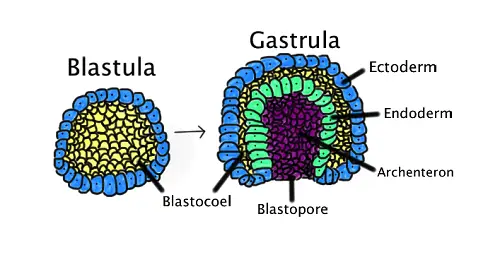
Definition of Gastrula
As highlighted already, gastrula is the embryonic development stage preceded by blastula. It is formed during the process called gastrulation, which precede the organogenesis stage. Gastrula is characterized by three cell layers, viz. ectoderm, mesoderm and endoderm. Endoderm is the innermost layer, mesoderm the middle layer and the ectoderm refers to the outer most layer of the gastrula.
Gastrula results from slow morphogenetic movements of cells during mitotic divisions. It is the stage where the embryo has massive rearrangements to form multi-layers of cells. There are most differentiated cells in gastrula, whereas the blastula has 128 undifferentiated cells. After gastrulation has occurred, embryonic cells diversify rapidly into organs in a process called organogenesis.
Key Differences between Blastula and Gastrula
Formation
- Blastula is formed from morola and it is the first stage in the embryogenesis formed from blastulation. Gastrula is formed just after the blastula during the process termed gastrulation. Furthermore, there are rapid mitotic divisions in the formation of blastula while there are slow mitotic divisions in the formation of gastrula.
Cell Movement
- There is no observed movement of cells during the formation of blastula. On the other hand, the cell masses move by morphogenetic movements during the formation of gastrula.
Composition
- Blastula is single-layered. It is a hollow and spherical structure with the inner cavity filled with cavity and the cells on the outer layer. Gastrula is hollow and cup-shaped and has 3 layers, viz. ectoderm, mesoderm and endoderm. The cells in blastula are few and are referred to as undifferentiated, whereas those in the gastrula are many and are referred to as differentiated cells.
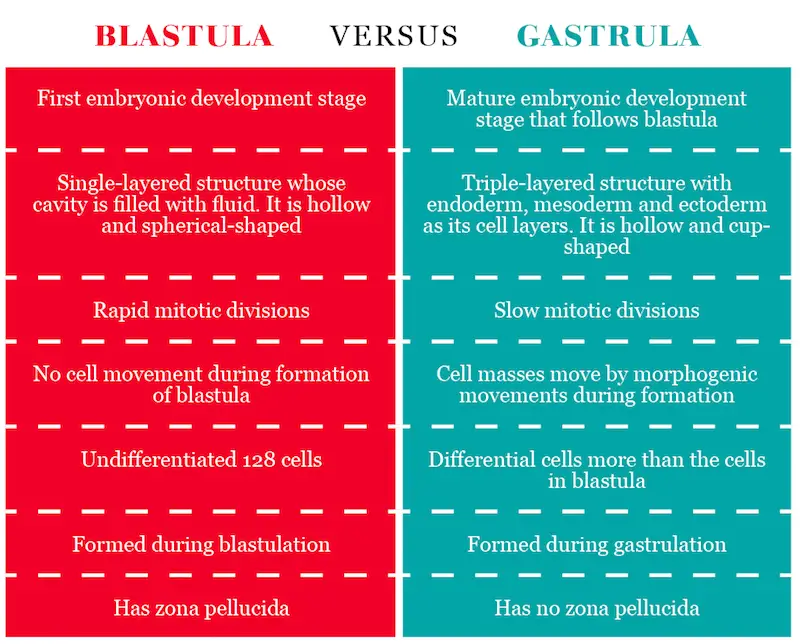
Summary
- Blastula and gastrula are respective multicellular stages in embryonic development of animals
- Blastula is formed from morula during the process called blastulation whereas the gastrula is formed after blastula during gastrulation
- Blastula is single-layered, hollow and spherical-shaped, whereas gastrula is triple-layered, hollow and cup-shaped
- There are cell movements in the formation of gastrula while there are no observed movements in the formation of blastula.
- Blastula cells are undifferentiated while gastrula cells are differentiated are more than the ones in blastula.
- Blastula is basically referred to as the pre-embryo stage and the gastrula as the mature stage.
- Blastula results from zygote rapid mitotic divisions whereas gastrula results from blastula slow mitotic divisions.
Author: Alex Hammond
Alexander Hammond hold a first-class master’s degree in Ecology. He has conducted a number of international research projects in Indonesia, Belize and the UK, in the areas of Marine Biology, Terrestrial Ecology and Conservation. Several of his research reports have been published.

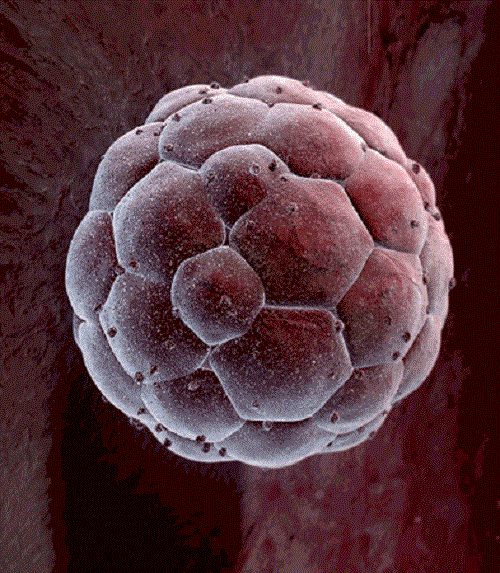

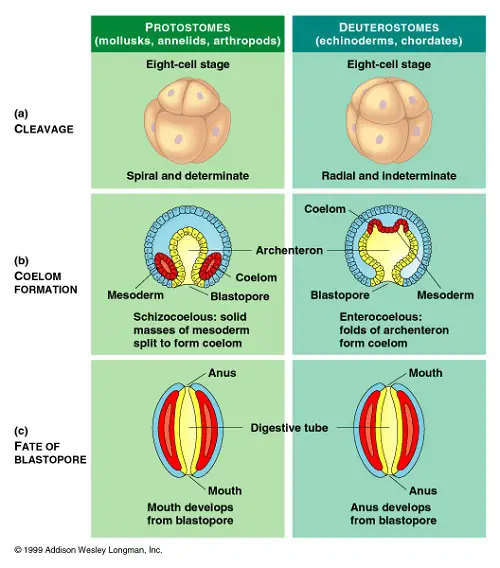
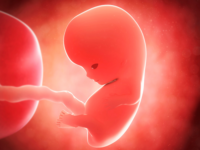







Leave a Reply